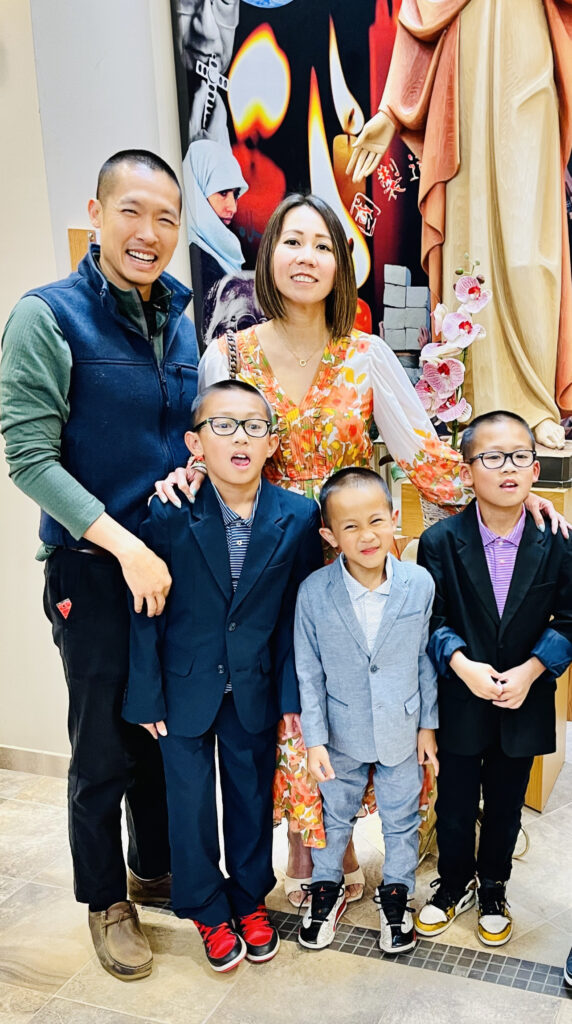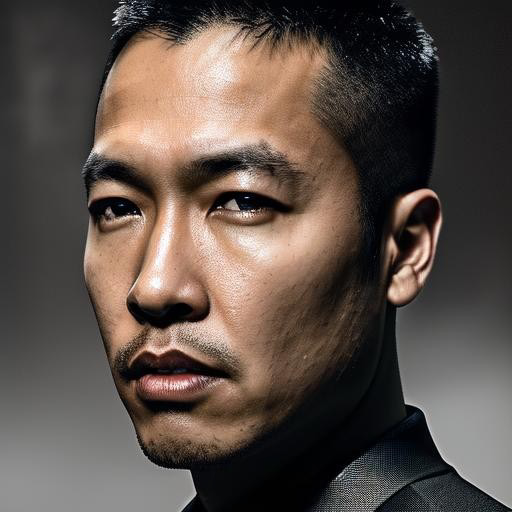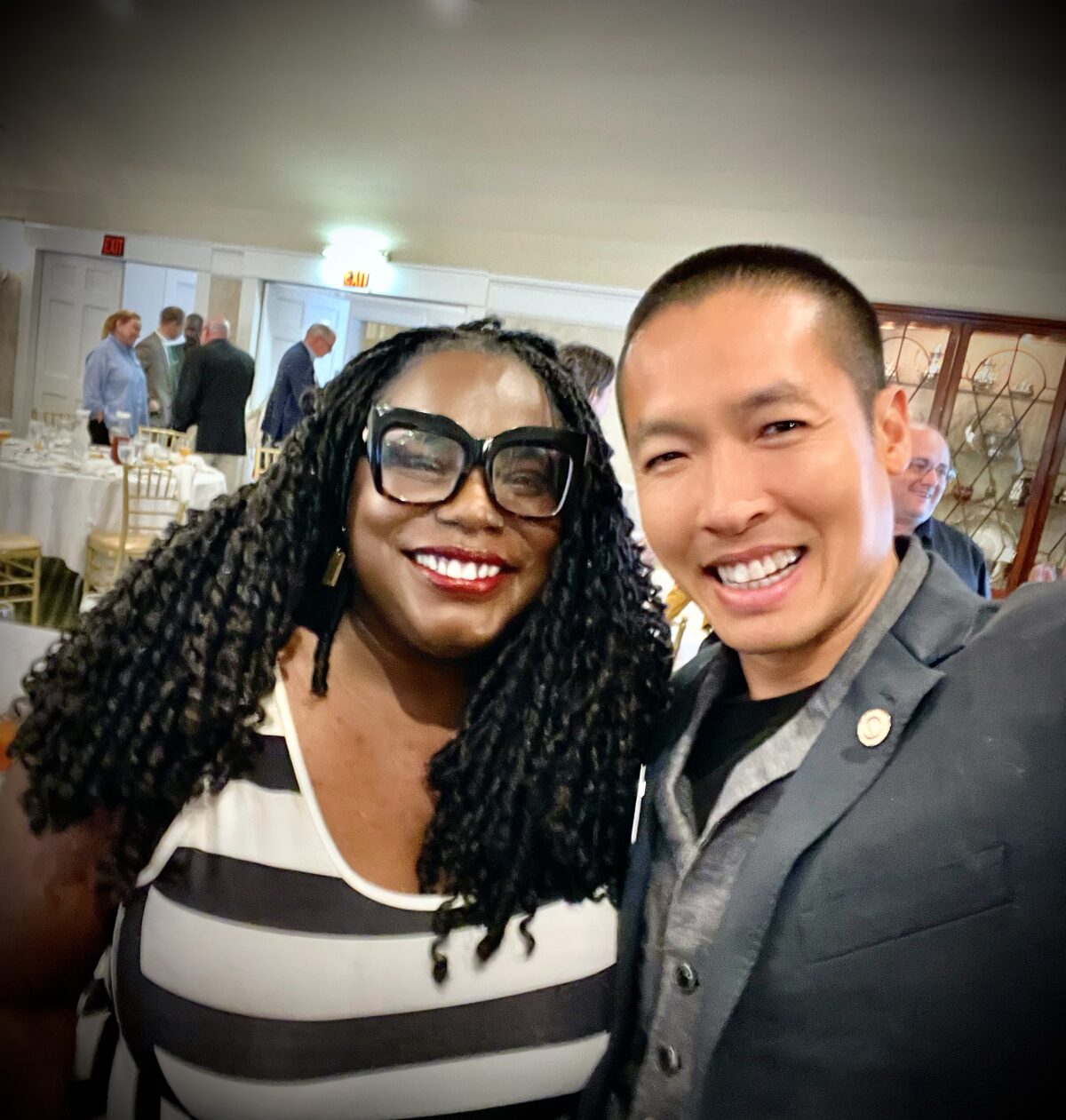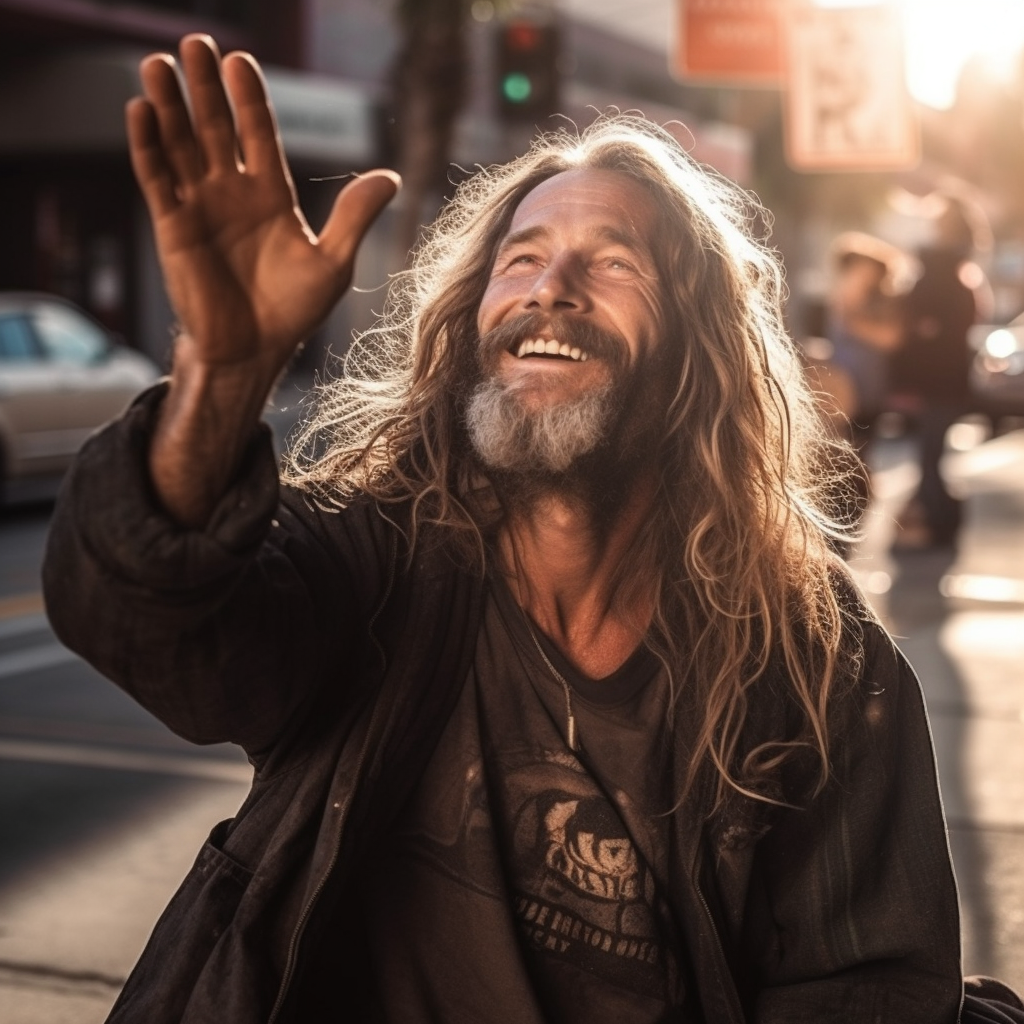In his upcoming book, “Drop the FEAR and focus on the FAITH”, Di Tran enlightens readers on the vital journey of personal transformation and self-realization. Di Tran explores how we often limit our potential by submitting to various fears that stem from prolonged exposure to restrained thinking and societal norms.
Small thinking has a domino effect on our lives. Being around ‘small’ for too long cultivates a fear of loneliness, a fear of blazing our unique trail, and an anxiety of being excluded from a group. These fears are deeply ingrained in our psyche and restrict us from reaching out for what we truly desire or who we genuinely aspire to be.
Tran articulates that sometimes our rapid growth may lead to discomfort among our peers. Our advancement could serve as a stark reminder of their stagnation. This distance that grows can create an apprehension of no longer being valued or being left behind by the group we were once part of.
One of the most influential factors holding us back is the pressure to conform. We are often expected to slow down, maintain our current pace, and stay within predefined lanes to fit into societal expectations. This desire to ‘belong’ can be a shackle that stunts our growth and hinders our progress.

With these fears entrenched, the notion of seeking and integrating into a new group or breaking into a new category becomes all the more daunting. Yet, this step is crucial on the path to personal transformation. The fear of this unknown territory can be intimidating, but embracing it can pave the way for substantial personal growth.
In his insightful book, Di Tran also delves into the fear of quitting — of being perceived as weak or a failure, especially when pitted against others’ achievements. This fear can lead to a relentless pursuit of goals we aren’t genuinely interested in. As Tran questions, why should we continue to climb a mountain that we have no desire to conquer, especially when the view from the top holds no appeal for us?
The urge to validate ourselves in others’ eyes often pushes us into endeavors without a meaningful cause or purpose. This unnecessary proving ground can exhaust our potential and energies. Tran prompts readers to shift their focus from proving their worth to embracing their passions and finding a purpose that genuinely resonates with their inner selves.
“Drop the FEAR and focus on the FAITH” emphasizes the importance of faith in our journey. As Di Tran suggests, it is essential not to prove but to have a purpose, not to conform but to have faith in one’s unique journey. By dropping the various fears that bind us, we can shift our focus to faith – faith in our growth, our unique path, and our potential.
Di Tran’s book provides a holistic and empowering approach to personal transformation. By focusing on faith, embracing our fears, and following our purpose, we can indeed drop the fears that have held us back for so long. This shift from fear to faith can open up a world of possibilities, setting us on a path to living an authentic, fulfilling life.
Shedding fears is not an easy task. It requires determination, resilience, and above all, faith. However, as Tran emphasizes, the journey is worth it. So, let’s drop the fear and focus on the faith!


















